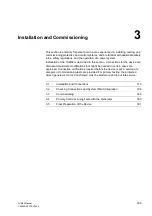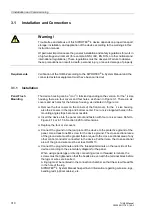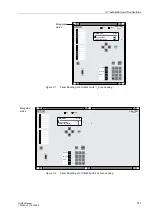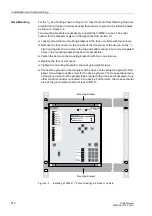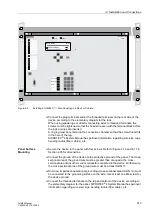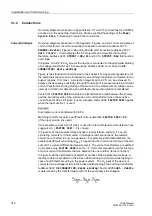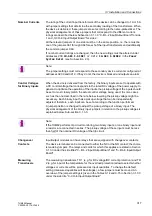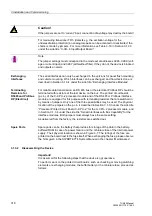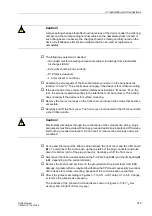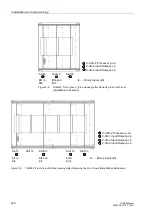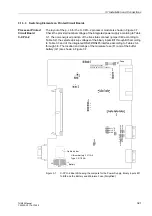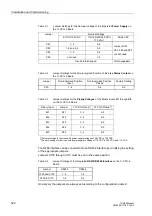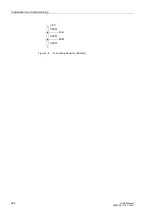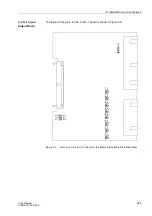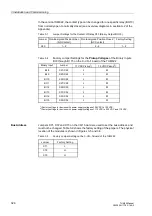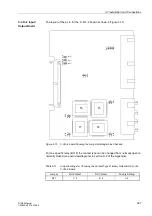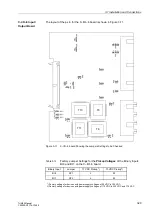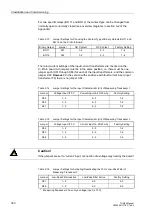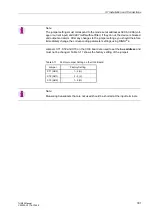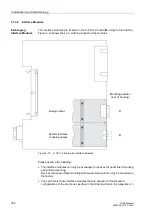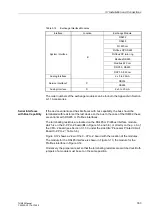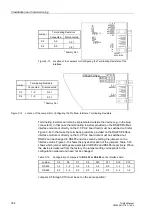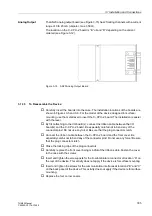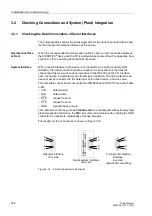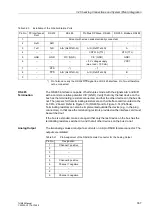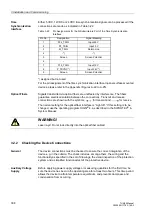
3.1 Installation and Connections
323
7UM62 Manual
C53000-G1176-C149-3
With jumper X111, CTS is activated which is necessary for the communication with
the modem.
*) default setting in releases from 7SA6...../CC to date
Jumper setting 2–3: the connection to the modem is usually done with star coupler
or optical fibre converter. Therefore the modem control signal according to RS232
standard DIN 66020 is not available. Modem signals are not required since communi-
cation to SIPROTEC
®
devices is always carried out in the half duplex mode. Use con-
netion cable with ordering number 7XV5100–4.
Jumper setting 1–2: this setting makes the modem signal available, i. e. for a direct
RS232-connection between the SIPROTEC
®
device and the modem this setting can
be selected optionally. We recommend to use a standard RS232 modem connection
cable (converter 9-pole on 25-pole).
Note: For a direct connection to DIGSI
®
4 with interface RS232 jumper X111 must be
plugged in position 2–3.
If there are no external matching resistors in the system, the last devices on a
RS485-bus must be configured via jumpers X103 and X104.
Note: Both jumpers must always be set for the same position.
Jumper X90 has currently no function. The factory setting is 1–2.
Terminating resistors can also be implemented outside the device (e.g. in the plug
connectors). In that case the terminating resistors provided on the interface card or on
the C–CPU–2 card must be switched out.
Table 3-5
Jumper setting of CTS (Clear-To-Send) on the processor printed circuit
board C-CPU-2
Jumper
/CTS of interface RS232
/CTS controlled by /RTS
X111
1–2
2–3 *)
Table 3-6
Jumper Settings Relating to the Terminating Resistors of the RS485 Interface
on the C–CPU–2 Board
Jumper
Terminating Resistor
Connected
Terminating Resistor
Disconnected
Factory Set
X103
2–3
1–2
1–2
X104
2–3
1–2
1–2

